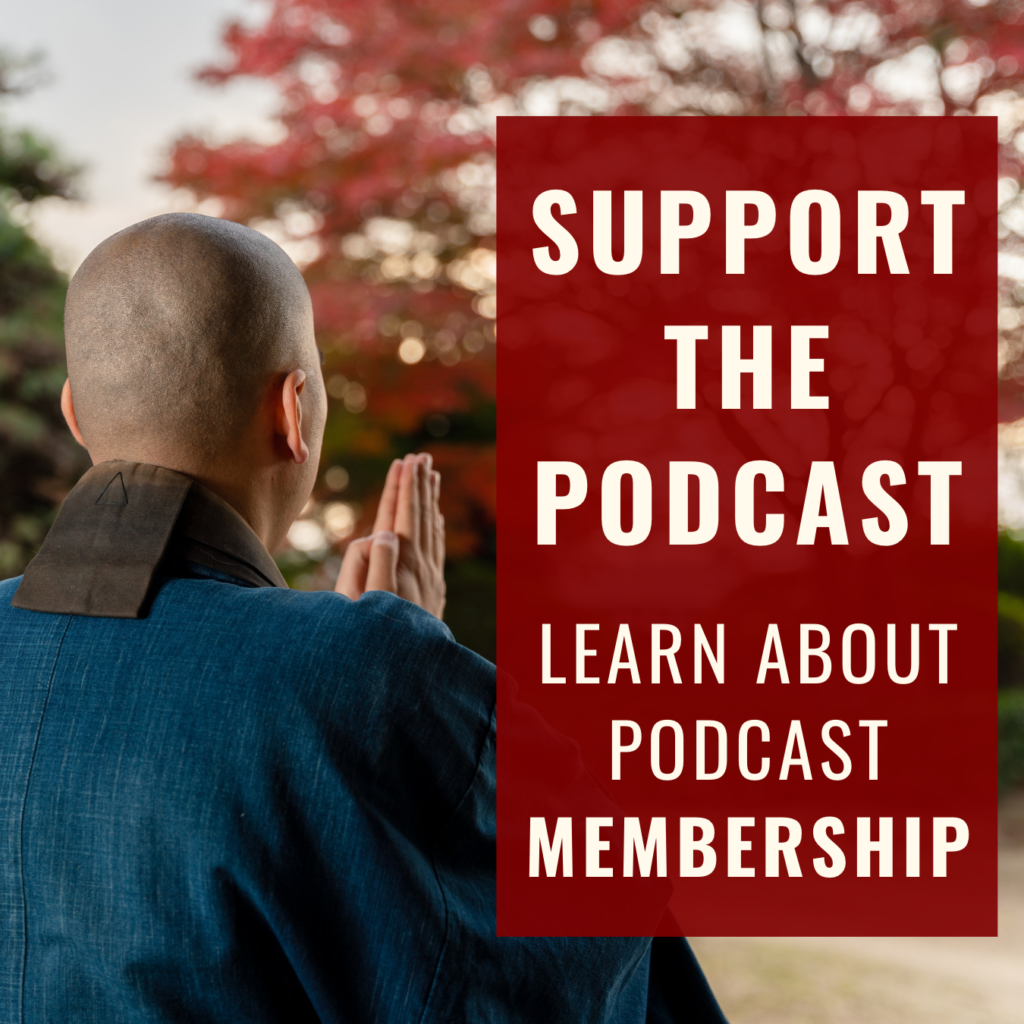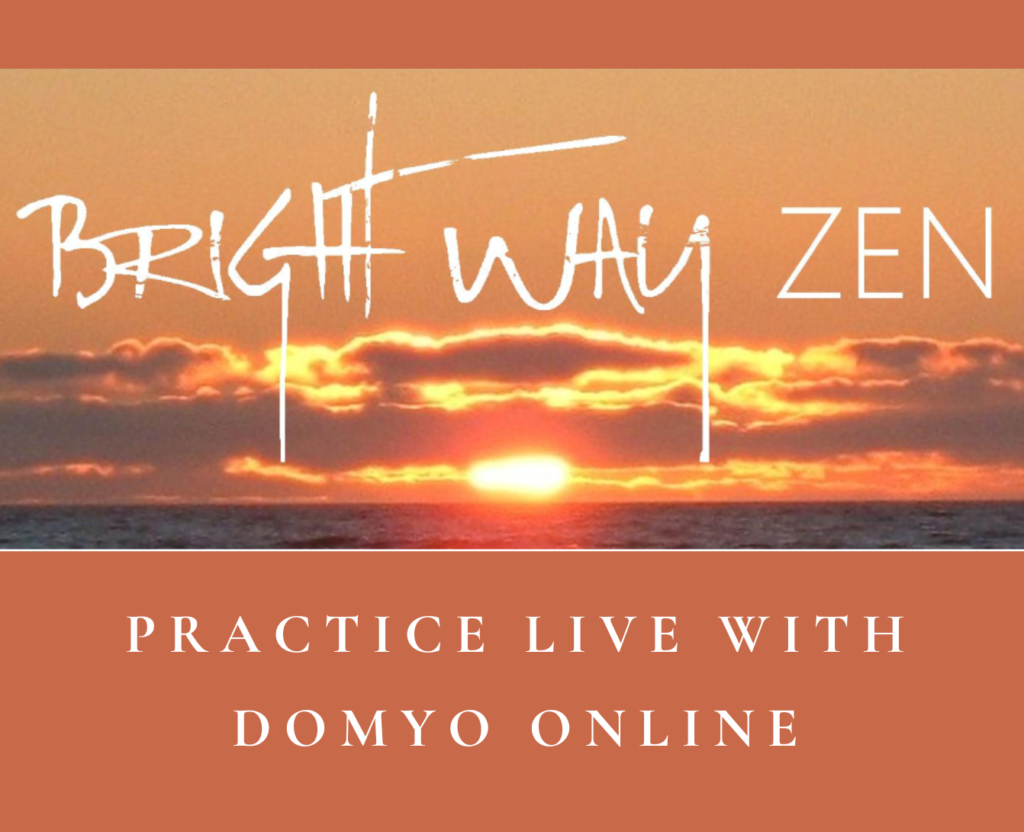A heavenly realm of peace and bliss, particularly as envisioned in Pure Land Buddhism, where the realm is presided over by Amida (Amitabha) Buddha. Devotees can be reborn in the Pure Land, where it will be easier to attain enlightenment because you will be free from the trials and limitations of earthly life.
Synonyms:
Lotus Land







